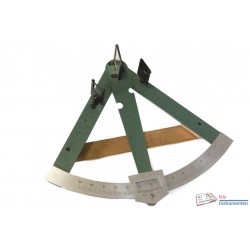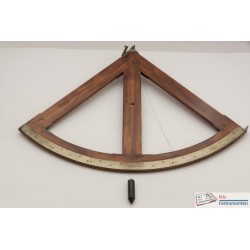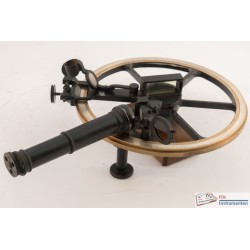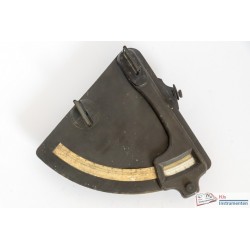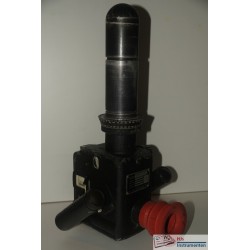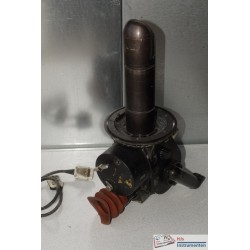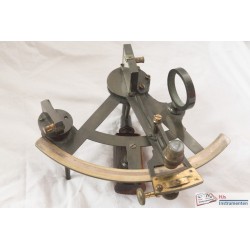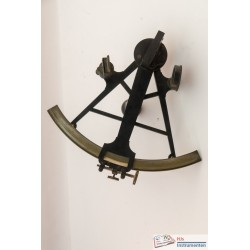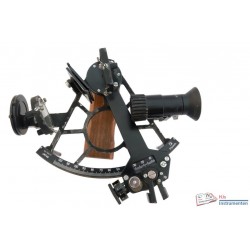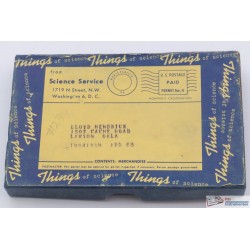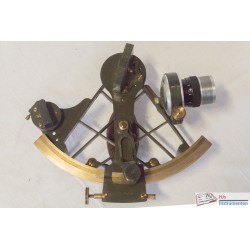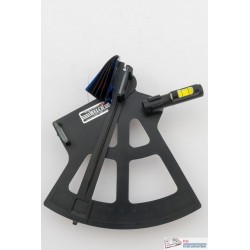Subcategories
-
Time
Time is one of the elementairy measurements with other units such as distance nowadays depending on a correct time measurement. Time is measured using the oscilliations of an atom such as Cesium, Rubidium or Hydrogen. These time standards are atomic clocks. Together with my wife we have a number of clocks in the house of which some are related to navigation and positioning while others are just that, clocks.
The instruments in our collection can be divided into:
- Chronometers and other time measurement devices for accurate measurement of time onboard vessels
- Mechanical clocks for indicating time at home or the office
- Quartz / electronic clocks for indicating time at home or the office
-
Length
Length is a universal measurement. For a long time it was not standardized but at as a result of the French Revolution the standard unit of length is now the meter. All other units of length are referred to this. The meter itself, for long standardized as a platinum bar is now defined using both the second and the speed of light (where the second is defined as the number of vibrations of an atom).
Instruments that measure length can be divided in many categories; in my collection I have opted for the following (main) division:
- Distance measurement, both direct, optical (rangefinders) and electronic (EDM)
- Levels, that is instruments that measure a vertical height difference
- Altimeters that measure the height (difference) using a pressure
- Echosounders that measure distance (depth) using sound waves
- Tide gauges. These are essentially of one of the other types of devices but because they measure a very specific height (difference) they are listed separately.
- Micrometers. Essentially these are distance measuring devices but they are for measureing very small distances very accurately and do not fit the regular distance measurement devices
-
Angle
Angular measurements are used in combination with distance measurements to create positions. Angular measurements are always based on a divided circle. The methods for dividing the circle differ. Where in mathematics a circle is 2pi radians, in navigation and hydrography the system of 360 degrees (further divided into minutes and seconds) is used. A sexagesimal (arc)minute is 1/60 of a degree, whereas a sexagesimal (arc)second equals 1/60 of an arcminute or 1/3600 of a degree. In landsurvey the (French) grad or gon system is used where the circle is divided into 400 gon. Each gon is then decimally divided into centigon or milligon. Finally in the various forces around the world the mil is used as a unit with a circle in NATO being defined as 6400 mil, making a mil close to a milliradian from which the abbreviation is derived.
In my collection there are various types of instruments used to measure angles:
- Compasses that measure the direction relative to Magnetic North or Geographic North (azimuth)
- Sextants that measure the angle between the observers point and two other objects that are brought into coincidence using a set of mirrors (reflecting devices)
- Theodolites that measure a horizontal and vertical direction towards an object relative to an arbitrary 'zero'. If the direction towards two objects is measured the angle between them can be computed.
- Clinometers that measure the angle relative to the horizontal ('level')
- Alhidades that are used to plot directions directly on a map
- Squares that allow a straight angle (90 degrees) to be set out
- Astronomic instruments that are not a sextant but still measure angles such as the astrolabe, quadrant and staff (Backstaff and Jakobstaff)
- Protractors that are used to measure and plot angles
-
Accesoires
Many instruments have their own accesoires. When part of the instrument you will find those accesoires listed there. However many geodetic instruments also require additional items such as tripods, staffs or targets. These accesoires are listed in this category.

